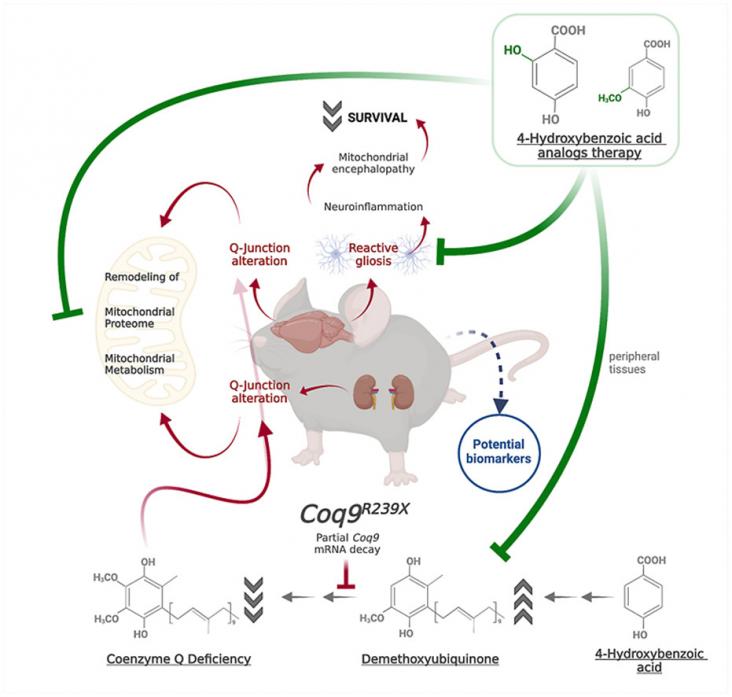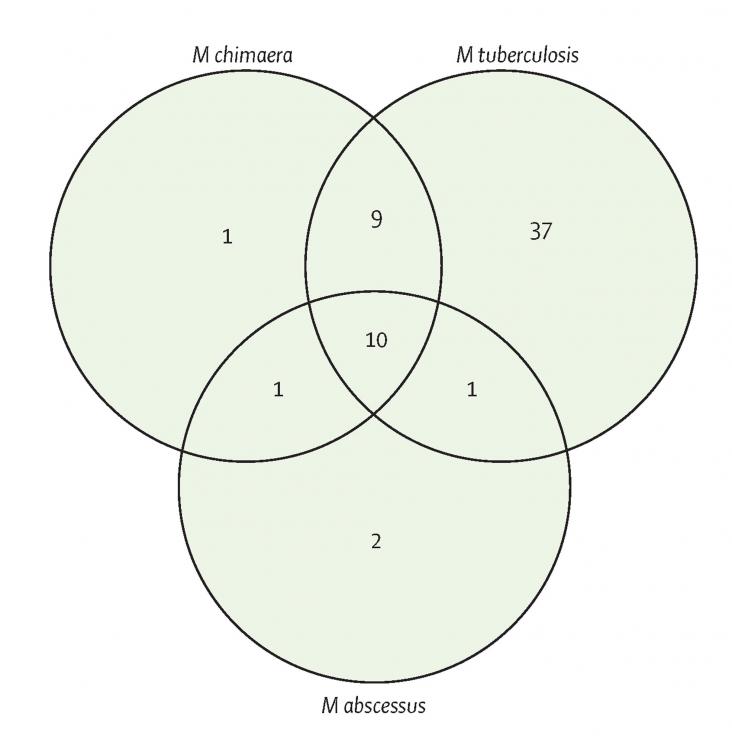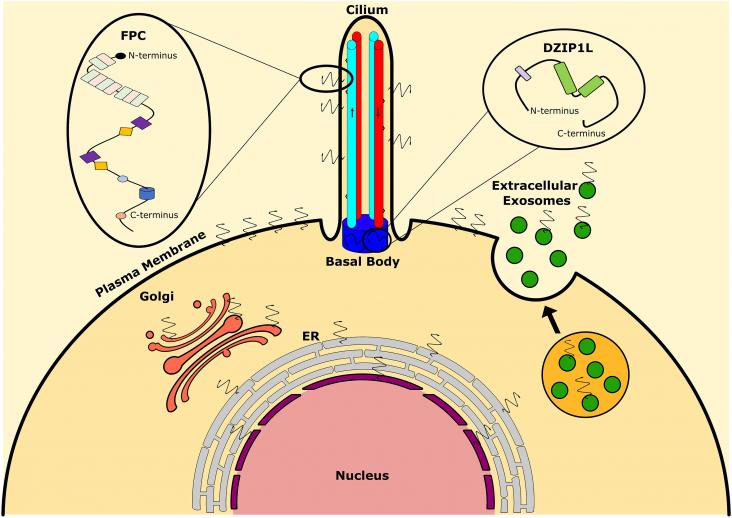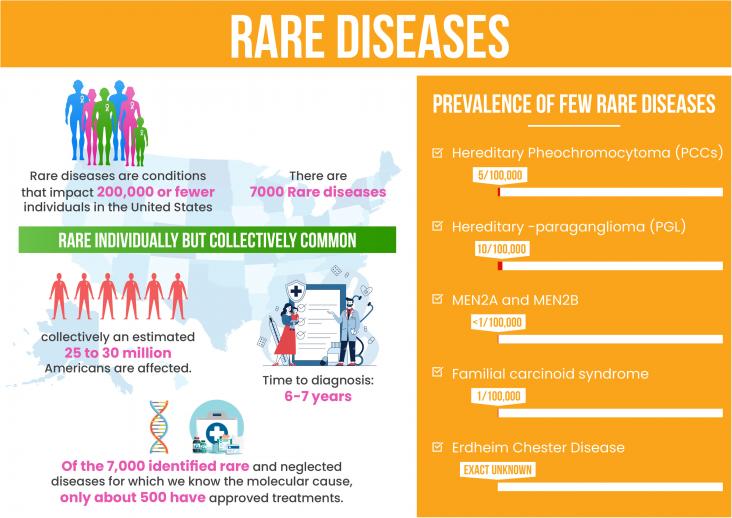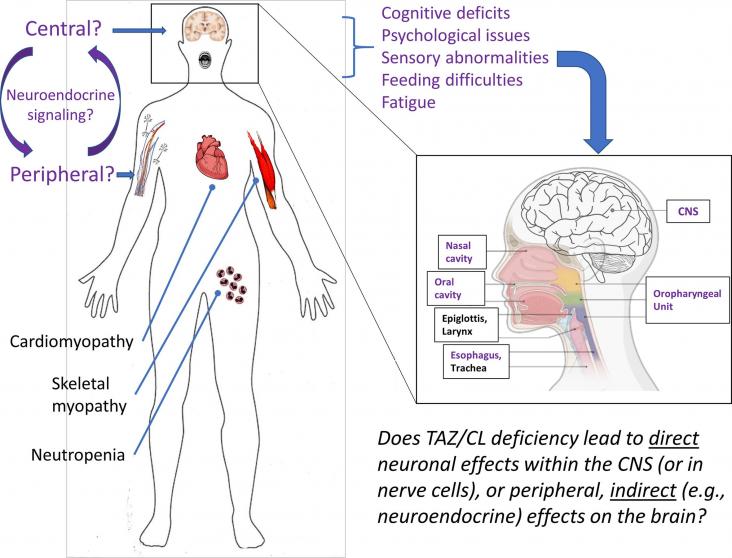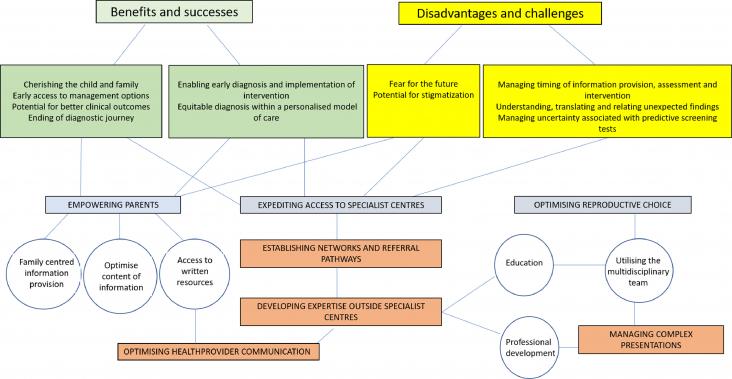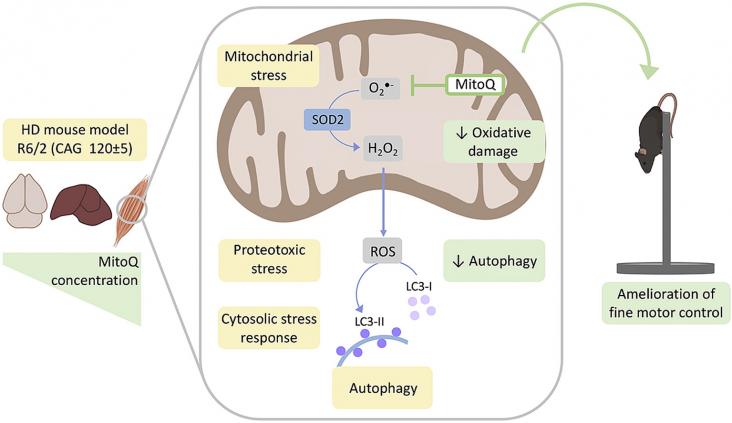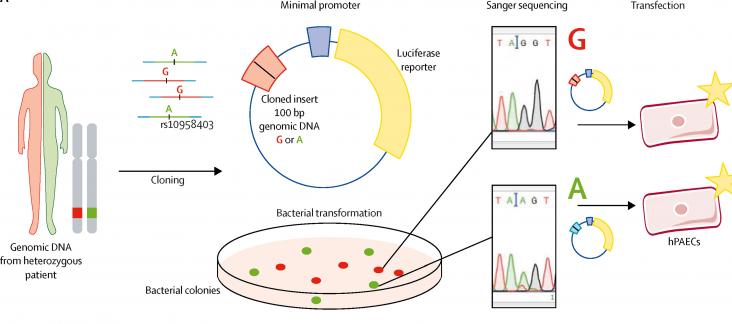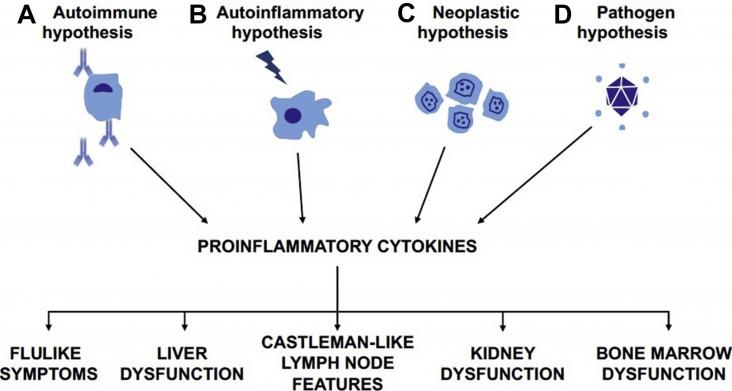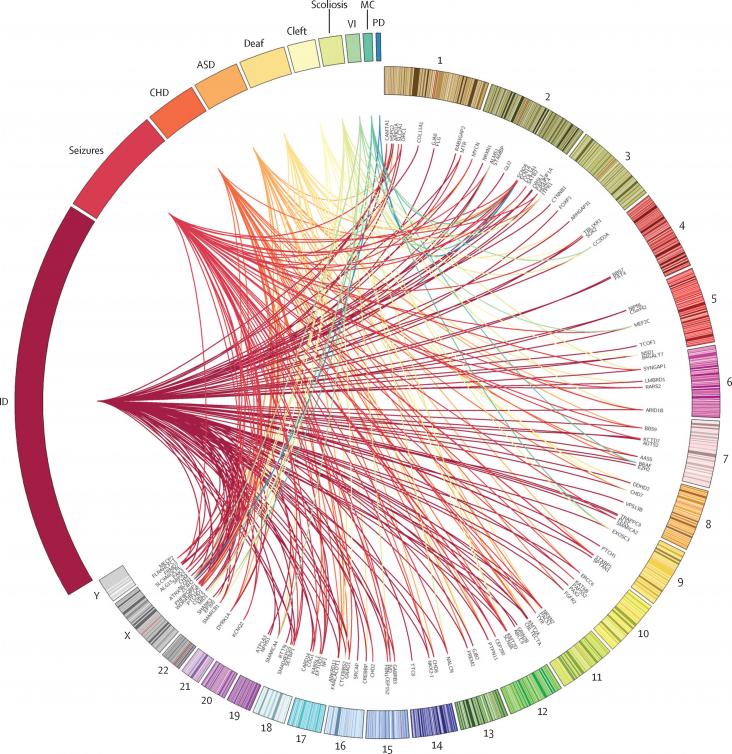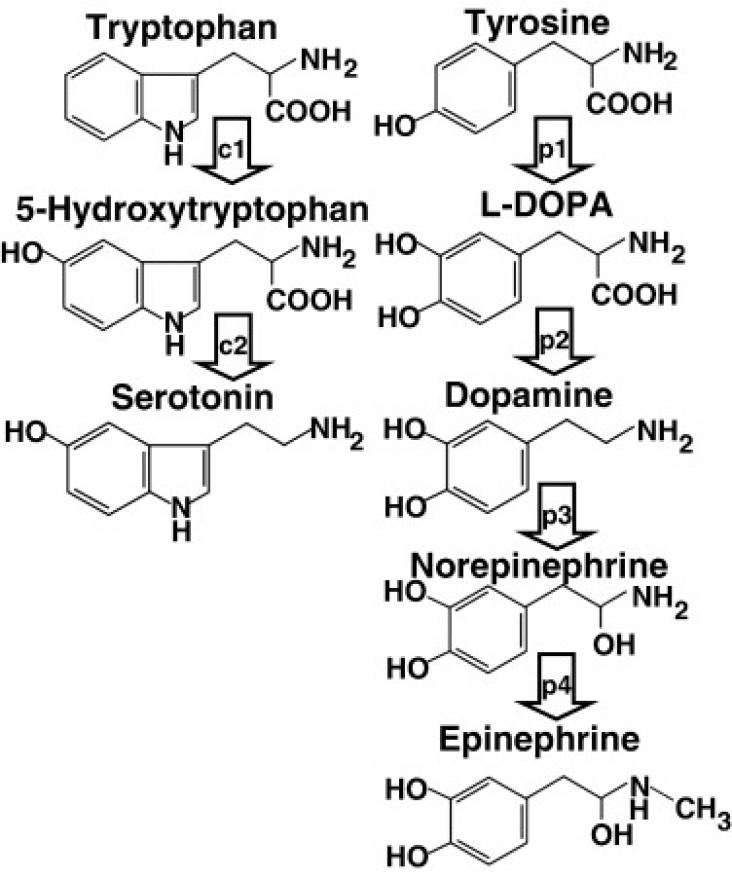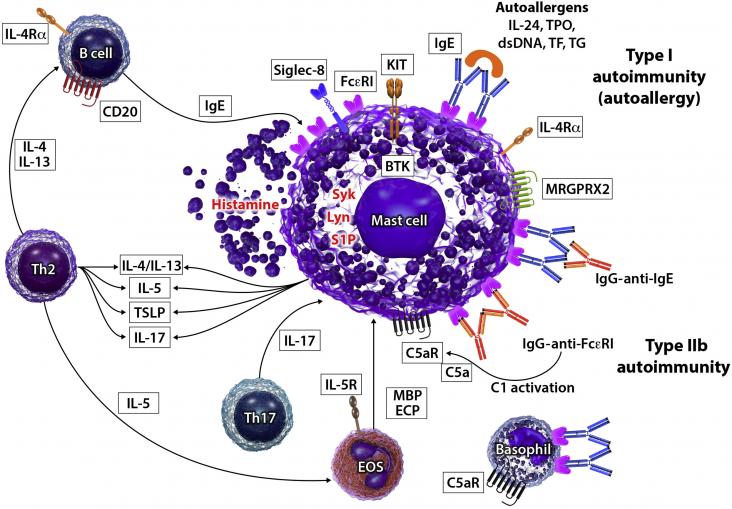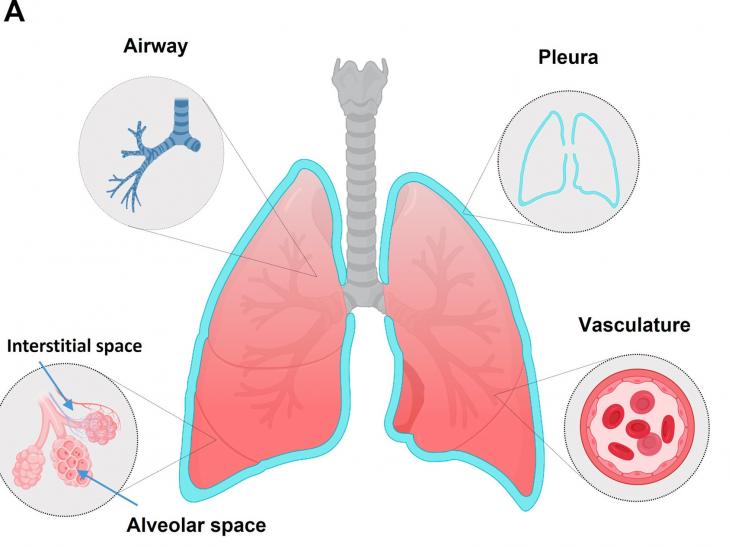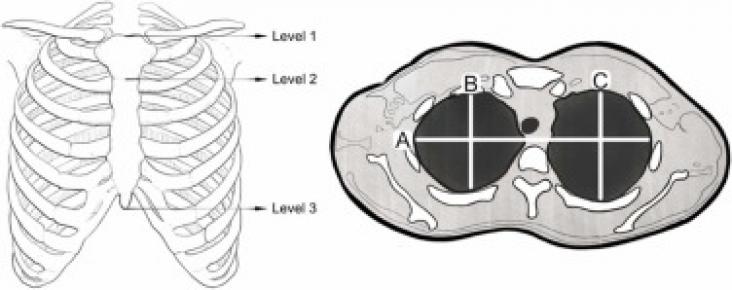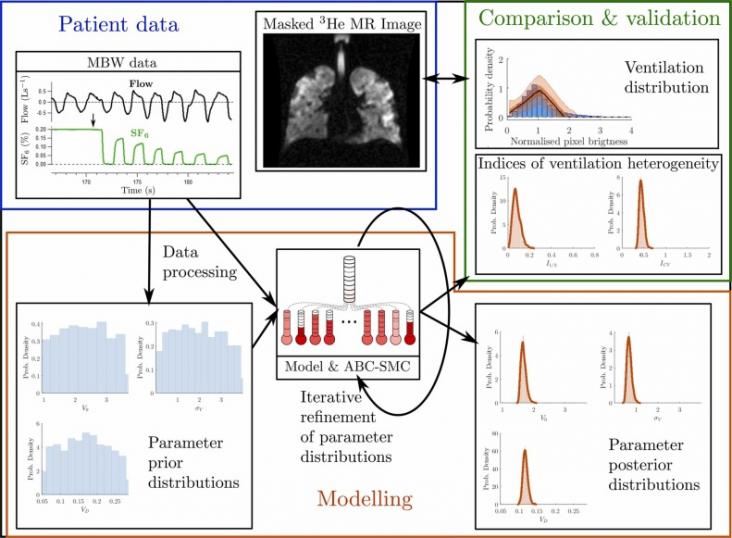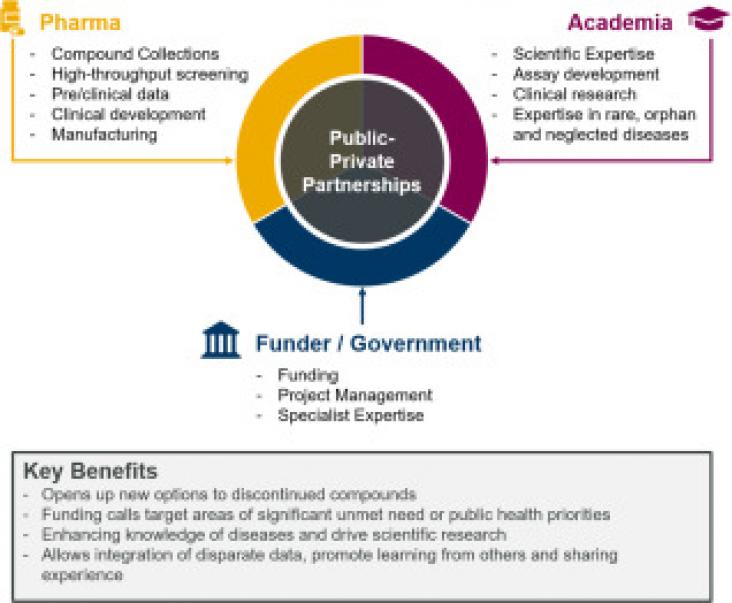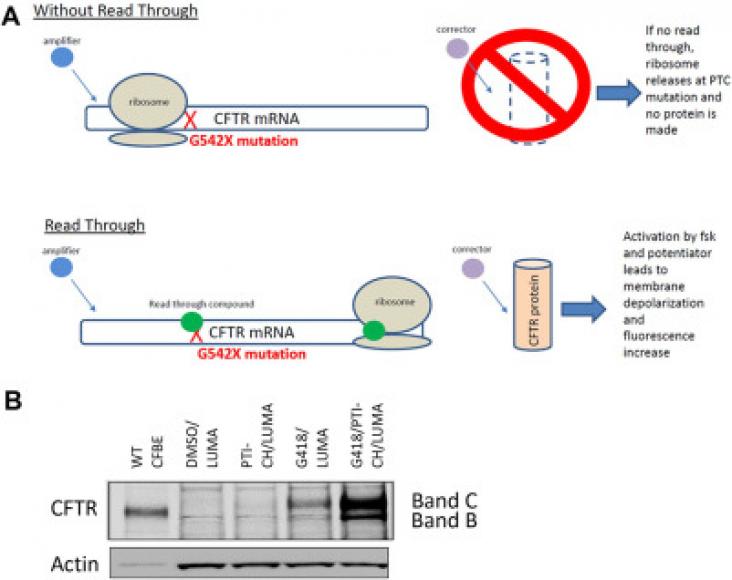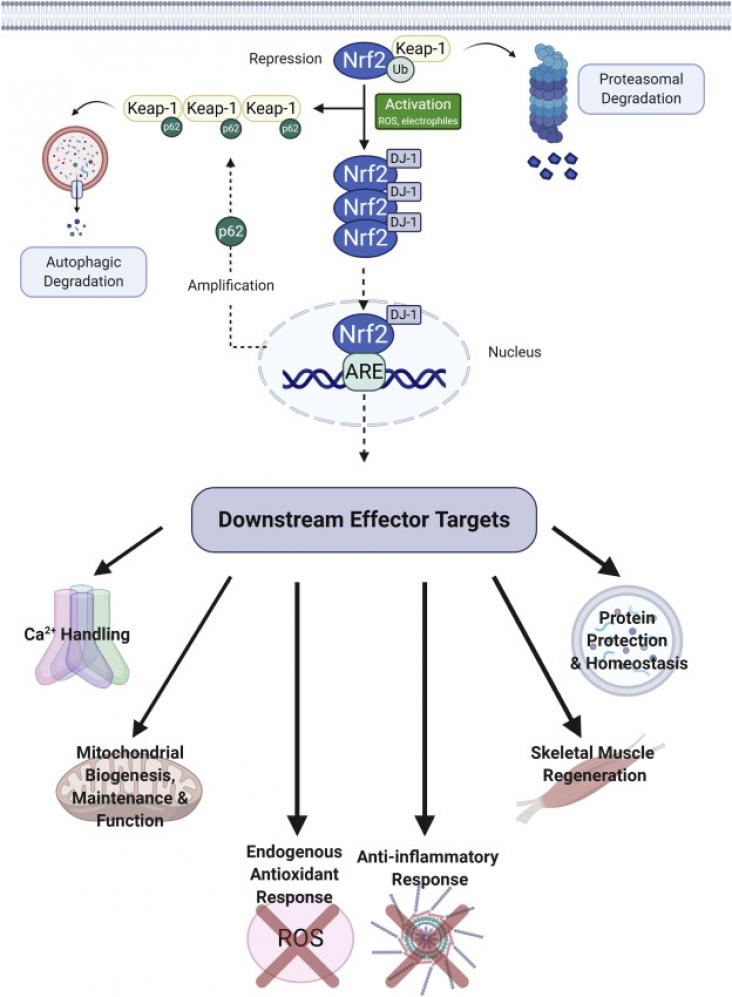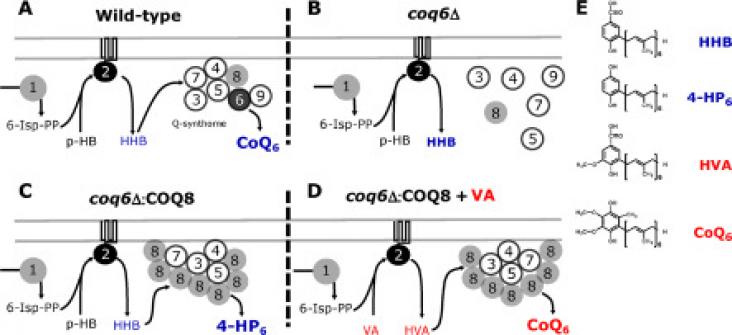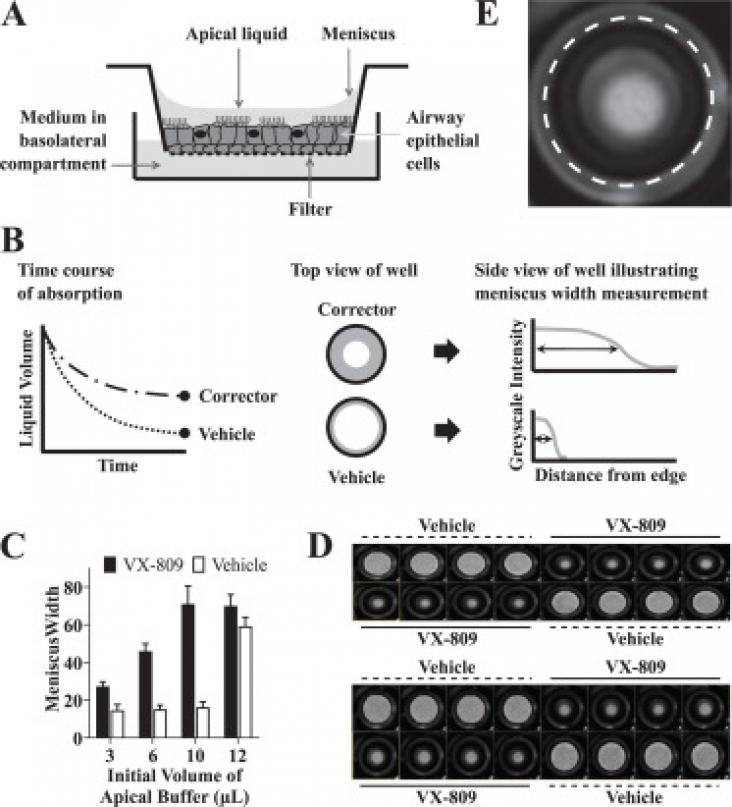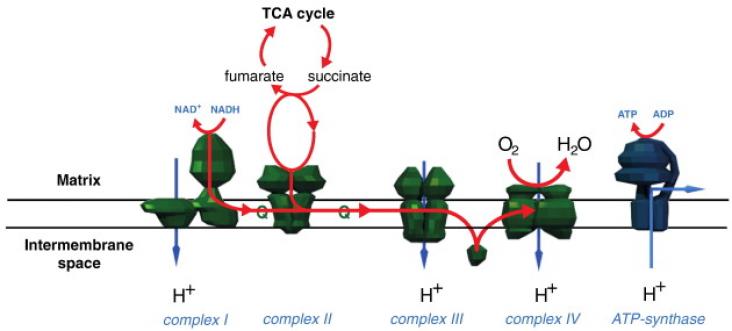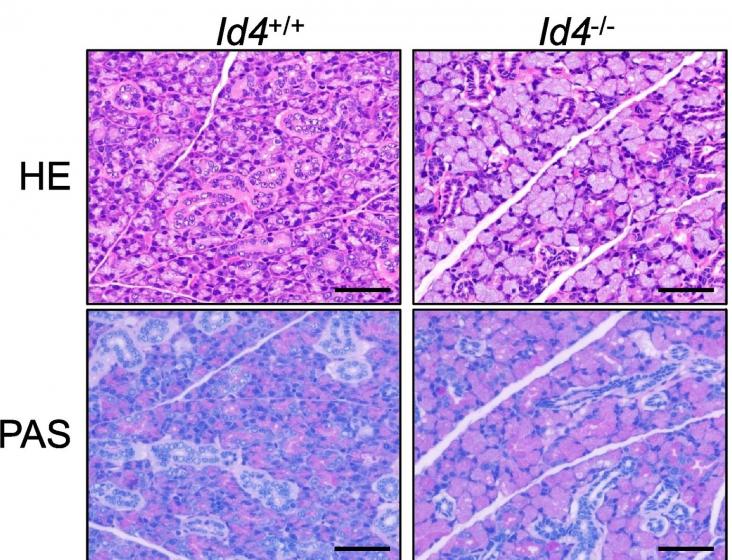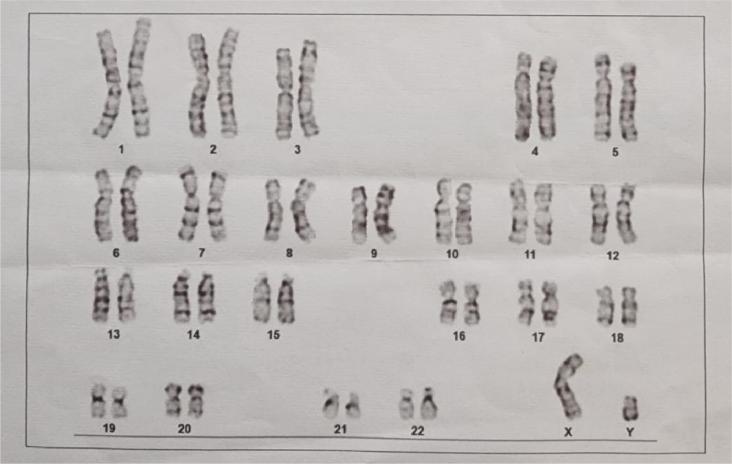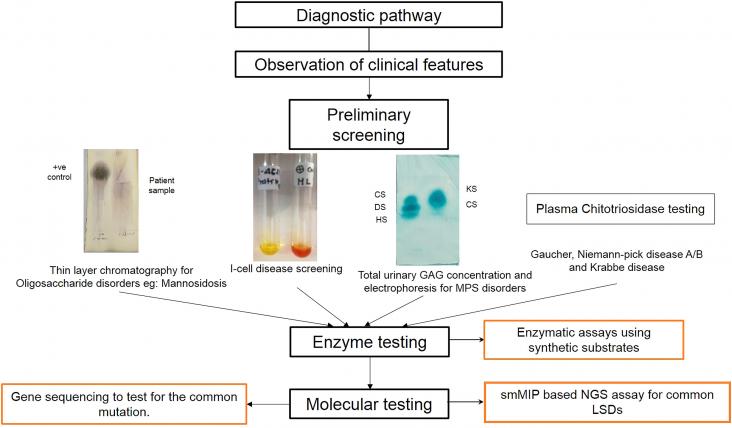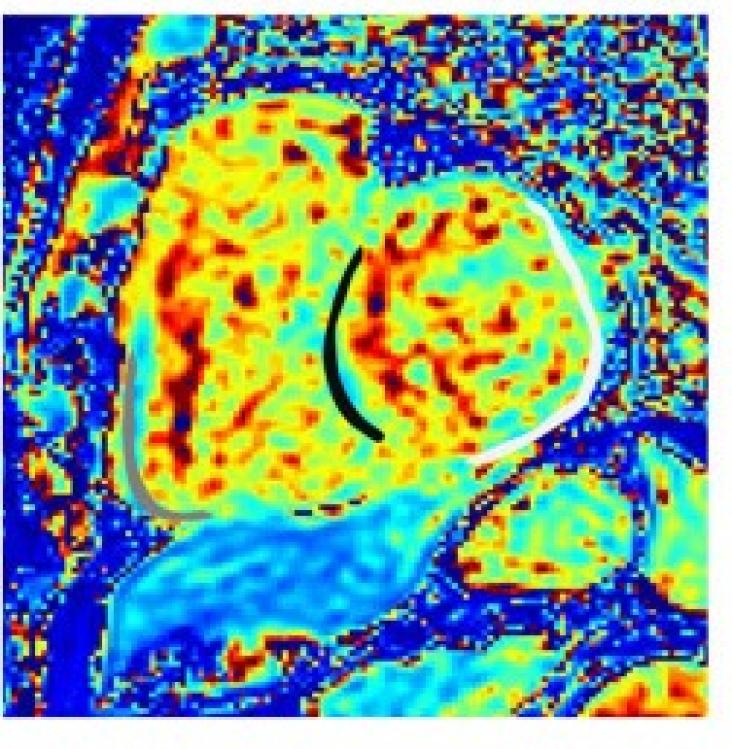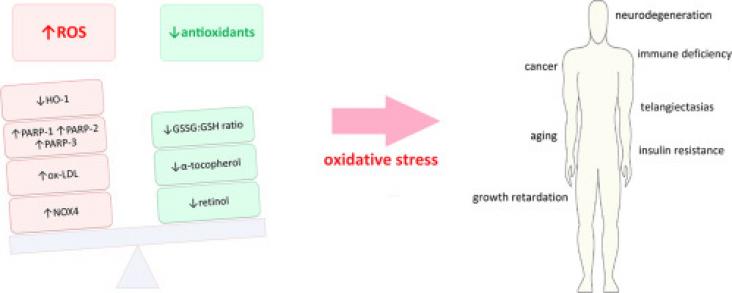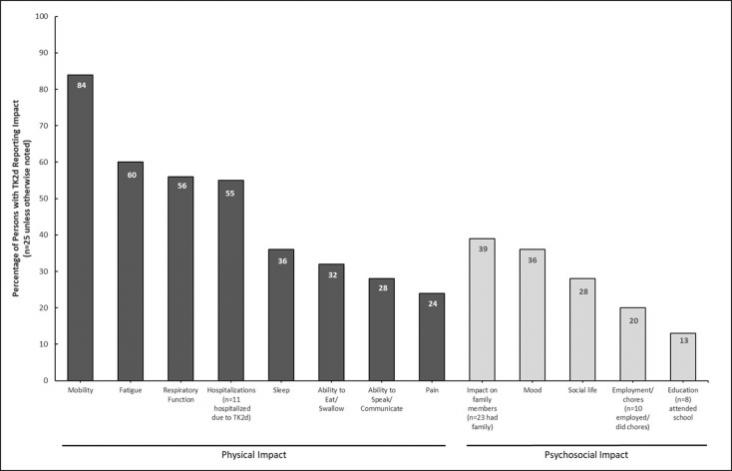
Since its creation in 2008, Rare Disease Day has played an important part in building a multi-disease, global and diverse community that is united in purpose. There are 300 million people in the world with rare diseases. Over 6000 rare diseases are characterised by a broad diversity of disorders and symptoms that vary not only from disease to disease but also from patient to patient suffering the same disease.
To help create awareness and mark Rare Diseases Day 2023, Elsevier presents a special collection of 58 journal articles and book chapters dedicated to rare diseases.
Rare, Available online 23 February 2023, In Press, Journal Pre-proof
Press Release, February 28th, 2023
eClinicalMedicine, Volume 54, December 2022
Mitochondrion, Volume 67, November 2022
Redox biology, Volume 56, 1 October 2022
Redox Biology, Volume 56, October 2022
Redox Biology, Volume 55, September 2022
Radiology Case Reports, Volume 17, August 2022
Mitochondrion, Volume 62, January 2022
The Lancet Regional Health - Western Pacific, Volume 18, January 2022
PET Clinics, Volume 17, January 2022
Mitochondrion, Volume 61, November 2021
Mitochondrion, Volume 60, September 2021
EClinicalMedicine, Volume 33, March 2021
The Lancet Regional Health - Western Pacific, Volume 1, August 2020
Mitochondrion, Volume 52, May 2020
Free Radical Biology and Medicine, Volume 146, January 2020
The Lancet Global Health, Volume 7, September 2019
Free Radical Biology and Medicine, Volume 133, March 2019
Hematology/Oncology Clinics of North America, Volume 32, February 2018
Journal of Allergy and Clinical Immunology, Volume 149, June 2022
Journal of Allergy and Clinical Immunology, Volume , 2022
Respiratory Physiology and Neurobiology, Volume 307, January 2023
Respiratory Physiology and Neurobiology, Volume 302, August 2022
SLAS Discovery, Volume 26, December 2021
SLAS Discovery, Volume 26, October 2021
Free Radical Biology and Medicine, Volume 173, September 2021
Redox Biology, Volume 45, September 2021
SLAS Discovery, Volume 26, June 2021
Free Radical Biology and Medicine, Volume 166, April 2021
Redox Biology, Volume 40, April 2021
SLAS Discovery, Volume 26, February 2021
Redox Biology, Volume 38, January 2021
SLAS Discovery, Volume 25, 1 March 2020
SLAS Discovery, Volume 24, 1 August 2019
SLAS Technology, Volume 24, 1 April 2019
Mitochondrion, Volume 31, 1 November 2016
Radiology Case Reports,
Volume 18, Issue 3,
2023,
Pages 1232-1238
The Lancet Regional Health - Americas,
Volume 18,
2023,
100434
Journal of Cardiology,
Volume 75, Issue 4,
2020,
Pages 424-431
Asian Journal of Surgery,
Volume 46, Issue 1,
2023,
Pages 24-34
Asian Journal of Surgery,
Volume 44, Issue 1,
2021,
Pages 158-163,
Asian Journal of Surgery,
Volume 43, Issue 1,
2020
Asian Journal of Surgery,
Volume 45, Issue 7,
2022
Asian Journal of Surgery,
Volume 45, Issue 12,
2022
Journal of the Formosan Medical Association,
Volume 120, Issue 2,
2021
Asian Journal of Surgery,
Volume 45, Issue 8,
2022
Kanski's Synopsis of Clinical Ophthalmology (Fourth edition)
2023, Pages 289-303
Treatment of Skin Disease (Fifth Edition)
Comprehensive Therapeutic Strategies
2018, Pages 579-581
Treatment of Skin Disease (Fifth Edition)
Comprehensive Therapeutic Strategies
2018, Pages 764-768
iPSCs - State of the Science
Volume 16 in Advances in Stem Cell Biology
2022, Pages 197-224
Esophageal Disease and the Role of the Microbiome
2023, Pages 91-114
Movement Disorders in Childhood (Third Edition)
2022, Pages 165-180
Neuroimaging in Parkinson' s Disease and Related Disorders
2023, Pages 355-397
Clinical Immunology (Sixth Edition)
Principles and Practice
2023, Pages 573-585
Clinical Immunology (Sixth Edition)
Principles and Practice
2023, Pages 832-842
Neurobiology of Brain Disorders (Second Edition)
Biological Basis of Neurological and Psychiatric Disorders
2023, Pages 147-164
Neurobiology of Brain Disorders (Second Edition)
Biological Basis of Neurological and Psychiatric Disorders
2023, Pages 233-251
Neurobiology of Brain Disorders (Second Edition)
Biological Basis of Neurological and Psychiatric Disorders
2023, Pages 275-292
Perloff's Clinical Recognition of Congenital Heart Disease (Seventh Edition)
2023, Pages 458-471
Maternal Cardiac Care
A Guide to Managing Pregnant Women with Heart Disease
2023, Pages 78-82
Oncologic Imaging : a Multidisciplinary Approach (Second Edition)
2023, Pages 133-159
Handbook of Clinical Neurology
Volume 185, 2022, Pages 81-97
Endocrine Hypertension
From Basic Science to Clinical Practice
2023, Pages 113-125
Clinical Ophthalmic Genetics and Genomics
2022, Pages 457-463
Emery and Rimoin's Principles and Practice of Medical Genetics and Genomics (Seventh Edition)
Hematologic, Renal, and Immunologic Disorders
2023, Pages 115-124
The Chromosome 22q11.2 Deletion Syndrome
A Multidisciplinary Approach to Diagnosis and Treatment
2022, Pages 2-32
Nelson Pediatric Symptom-Based Diagnosis: Common Diseases and their Mimics (Second Edition)
2023, Pages 431-449.e2
Nelson Pediatric Symptom-Based Diagnosis: Common Diseases and their Mimics (Second Edition)
2023, Pages 661-671.e1
PET Clinics Volume 17, Issue 1, January 2022, Pages 13-29
Clinics in Liver Disease, Volume 26, Issue 4, November 2022, Pages 571-582
Hematology/Oncology Clinics of North America, Volume 32, Issue 1, February 2018, Pages 11-21
Mitochondrion, Volume 68, January 2023
Respiratory Physiology and Neurobiology, Volume 307, January 2023

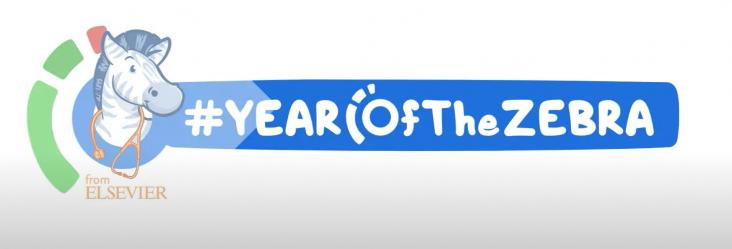

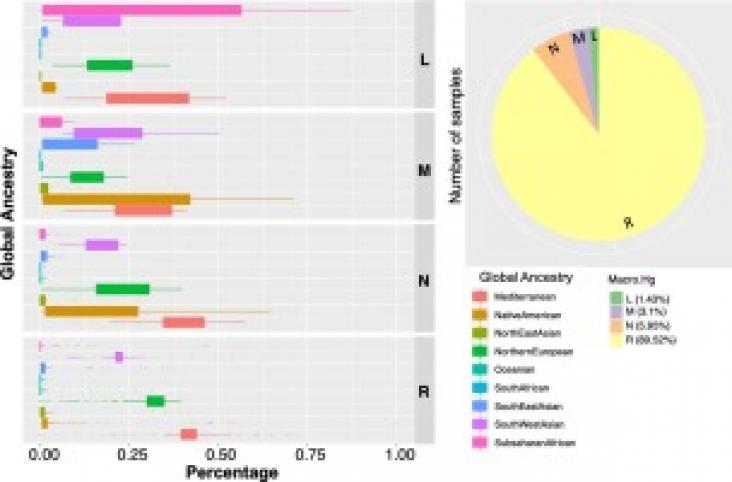
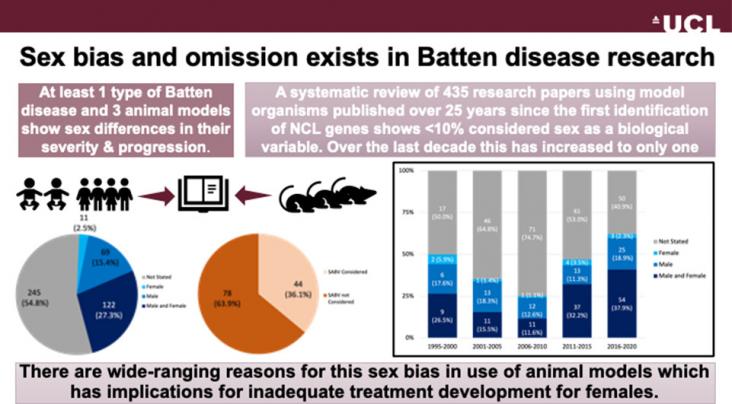
![Overview of brain [64Cu]-ATSM retention and mitochondrial abnormalities in cells from Huntington's disease carriers, at premanifest and manifest disease stages, and in presymptomatic YAC128 mice. Overview of brain [64Cu]-ATSM retention and mitochondrial abnormalities in cells from Huntington's disease carriers, at premanifest and manifest disease stages, and in presymptomatic YAC128 mice.](https://sdgresources.relx.com/sites/default/files/styles/sus_content_listing_image/public/mitochondrial_and_redox_modifications.jpg?itok=8Fybdkks)

